Workouts
The latest Workouts breaking news, comment, reviews and features from the experts at T3
-
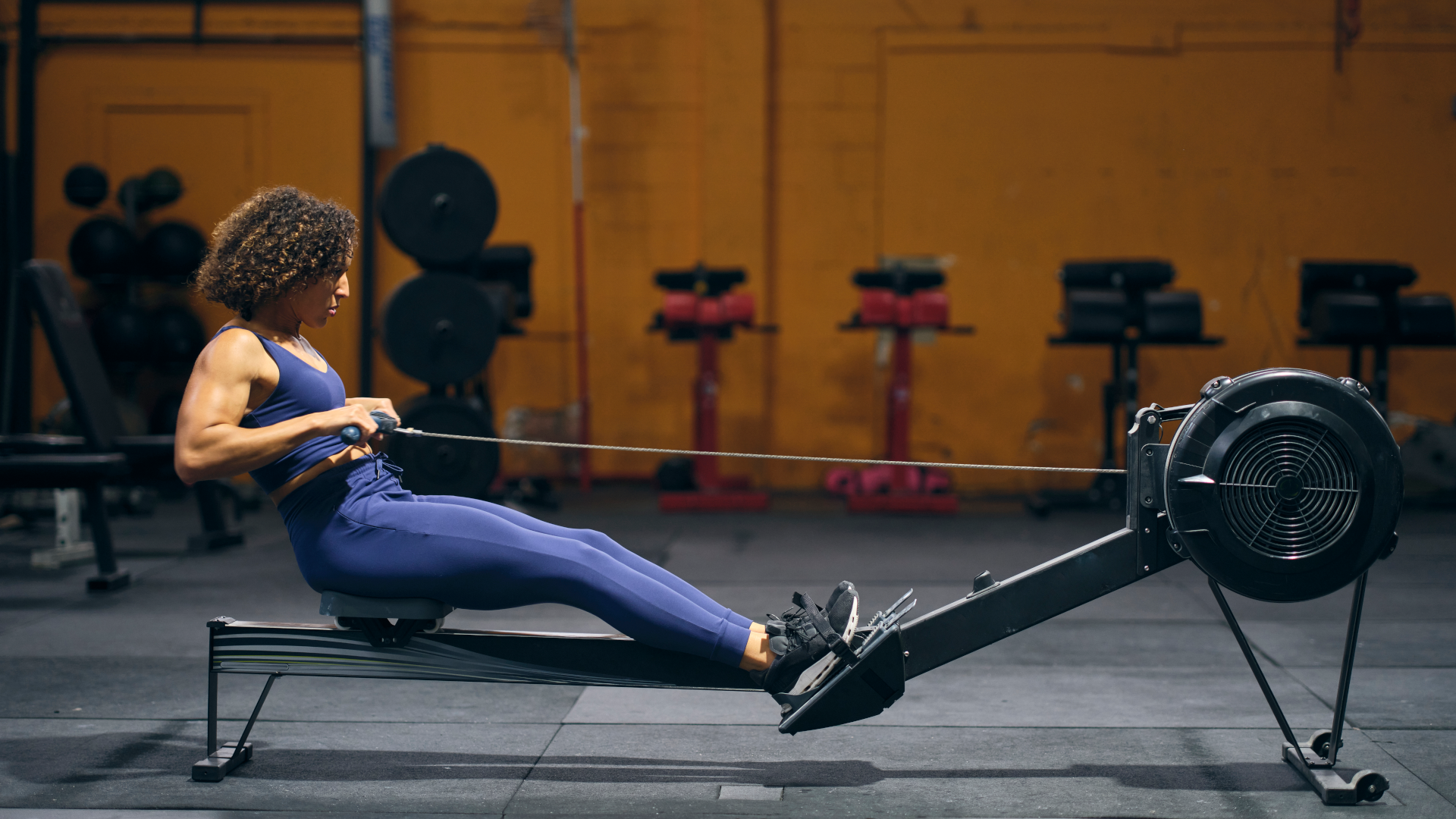
Supercharge your aerobic engine with this three-move rower workout
Improve your cardiovascular fitness and burn through calories
By Bryony Firth-Bernard Published
-
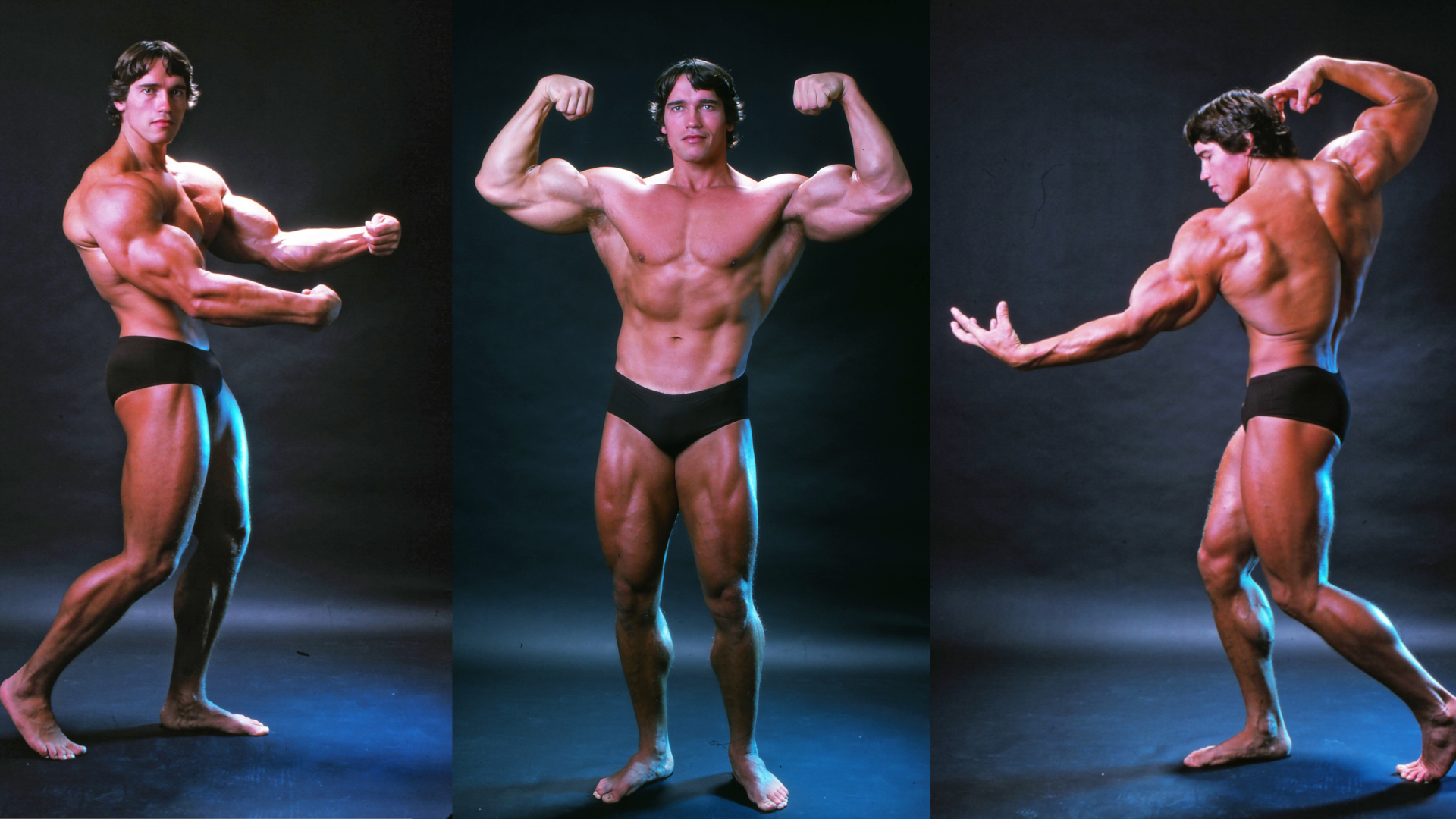
Arnold Schwarzenegger's 30-minute dumbbell workout for full-body gains
Increase your strength and muscle mass in the time it takes to make tea – what’s not to love?
By Bryony Firth-Bernard Published
-
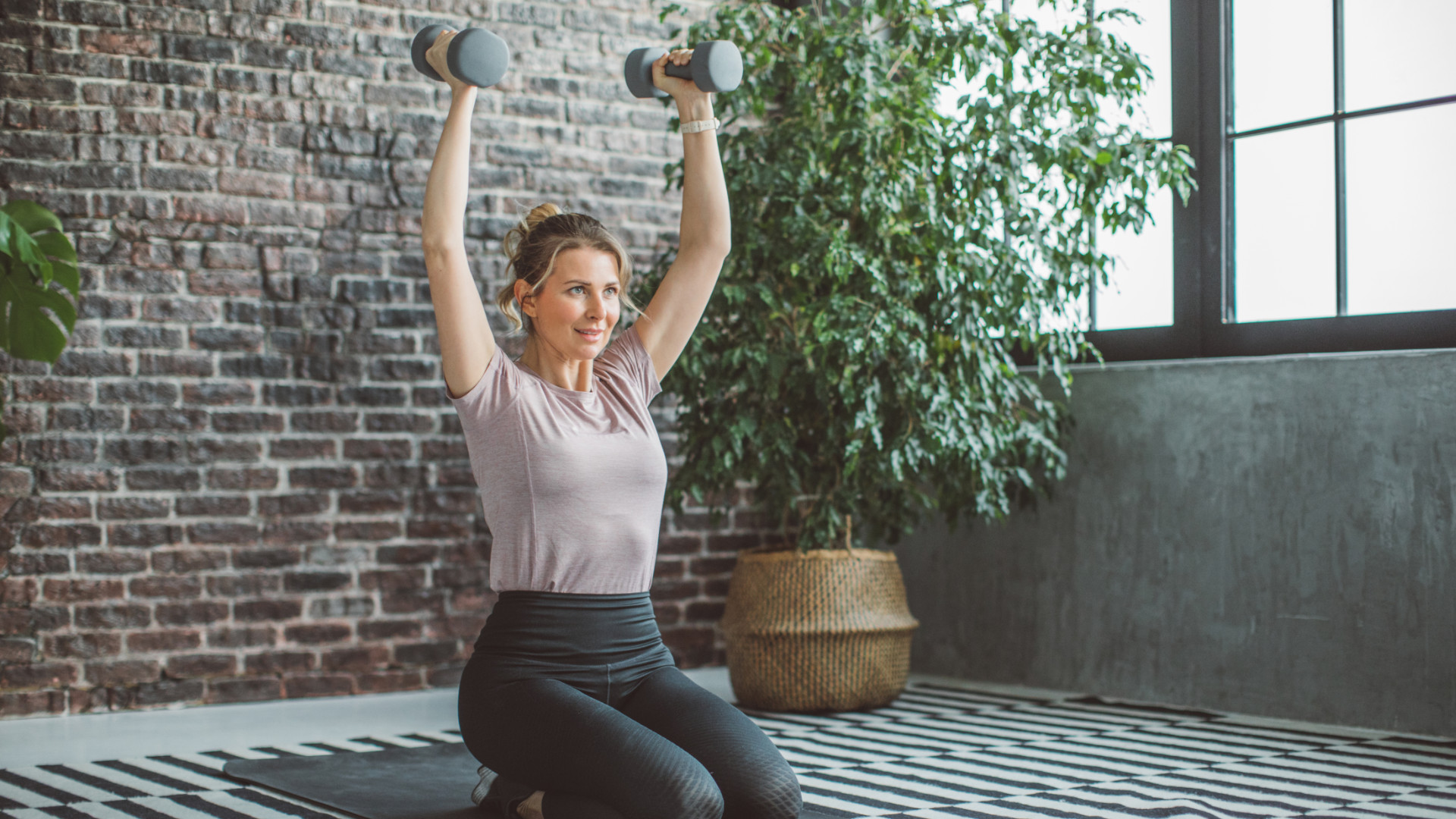
Sculpt your arms and shoulders with this low-impact, strength-style Pilates workout
These four simple dumbbell exercises will help leave your upper body toned and stronger
By Bryony Firth-Bernard Published
-
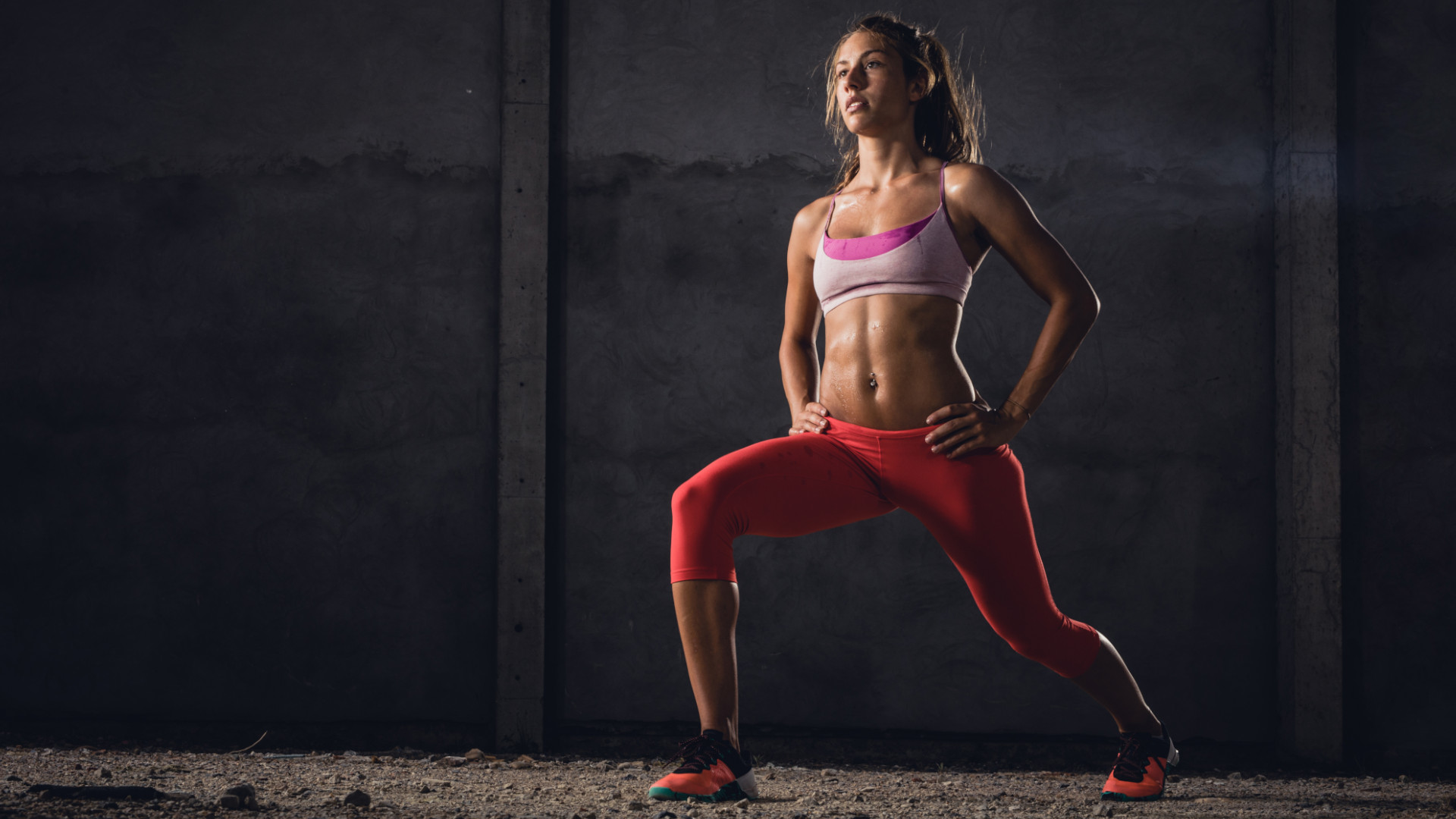
This two-move no-run cardio workout blasts through calories and builds strength all over
No need to run to get fit, this bodyweight workout ramps up the heart rate for a calorie burning boost
By Bryony Firth-Bernard Published
-
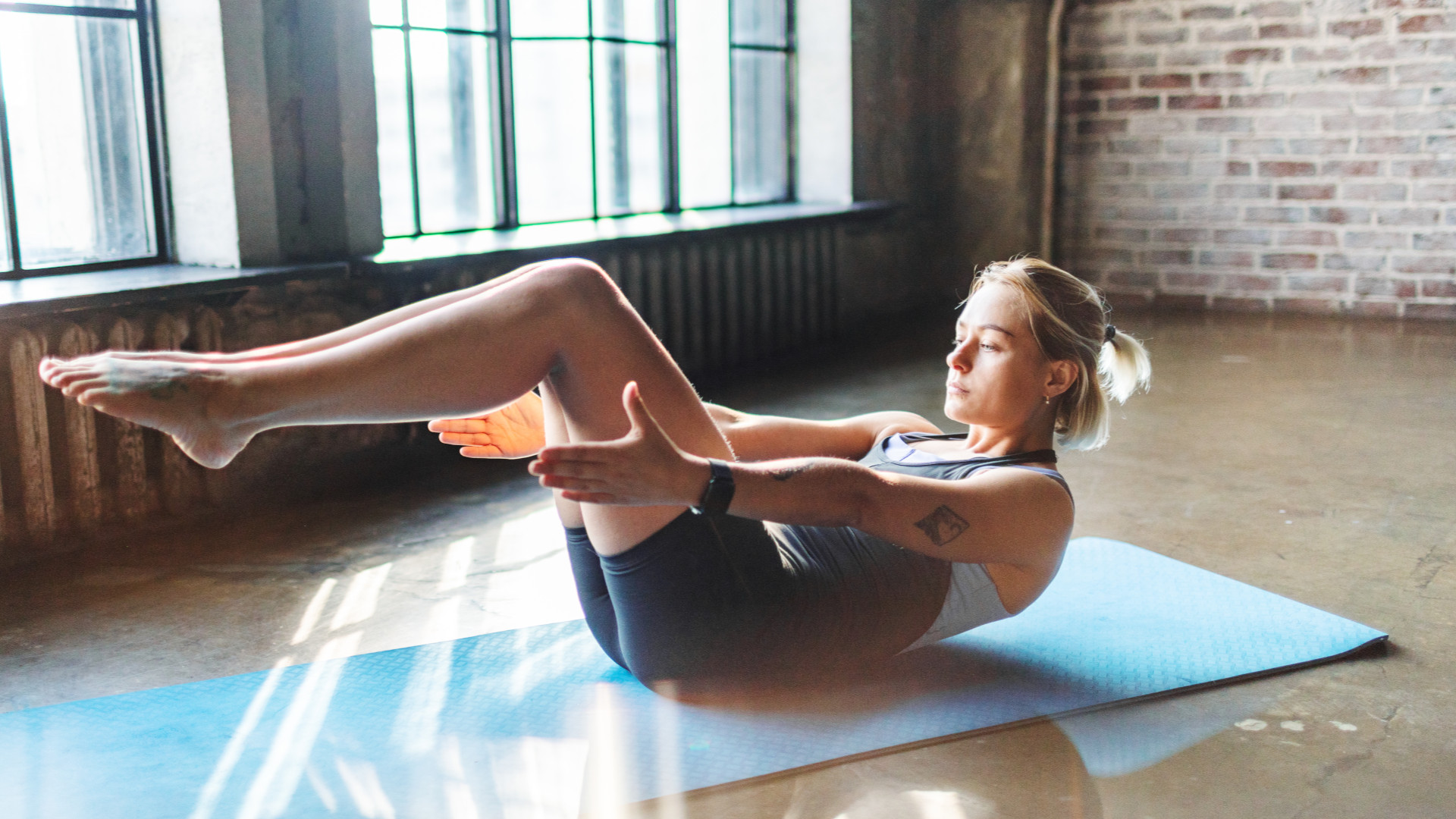
This no-plank, three-move bodyweight workout builds serious core strength and stability
A fitness expert says these exercises build core strength like a gymnast – impressive!
By Bryony Firth-Bernard Published
-
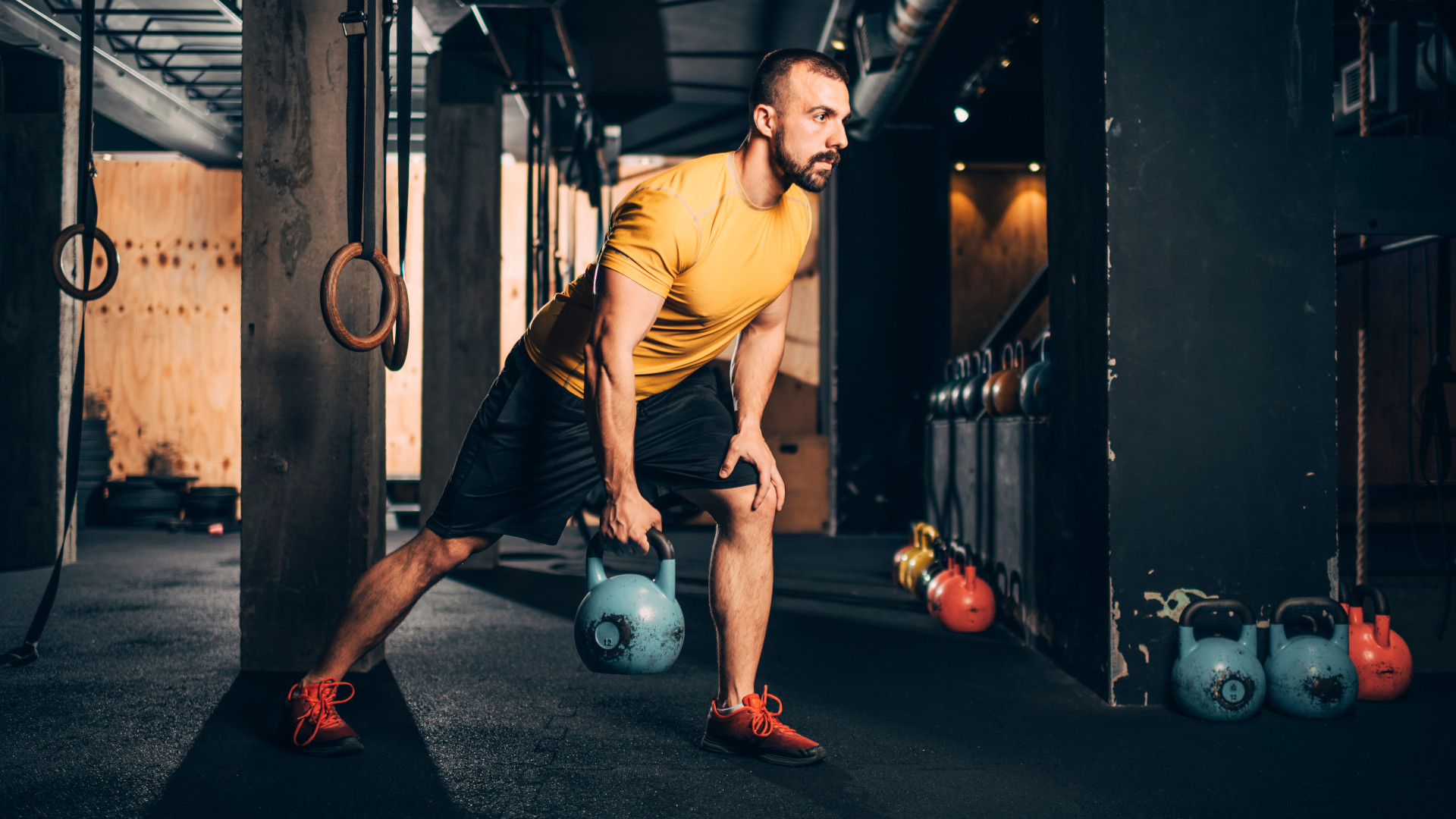
One kettlebell, seven exercises and 30 minutes to build muscle all over and increase strength
A simple strength workout that gets the job done
By Bryony Firth-Bernard Published
-
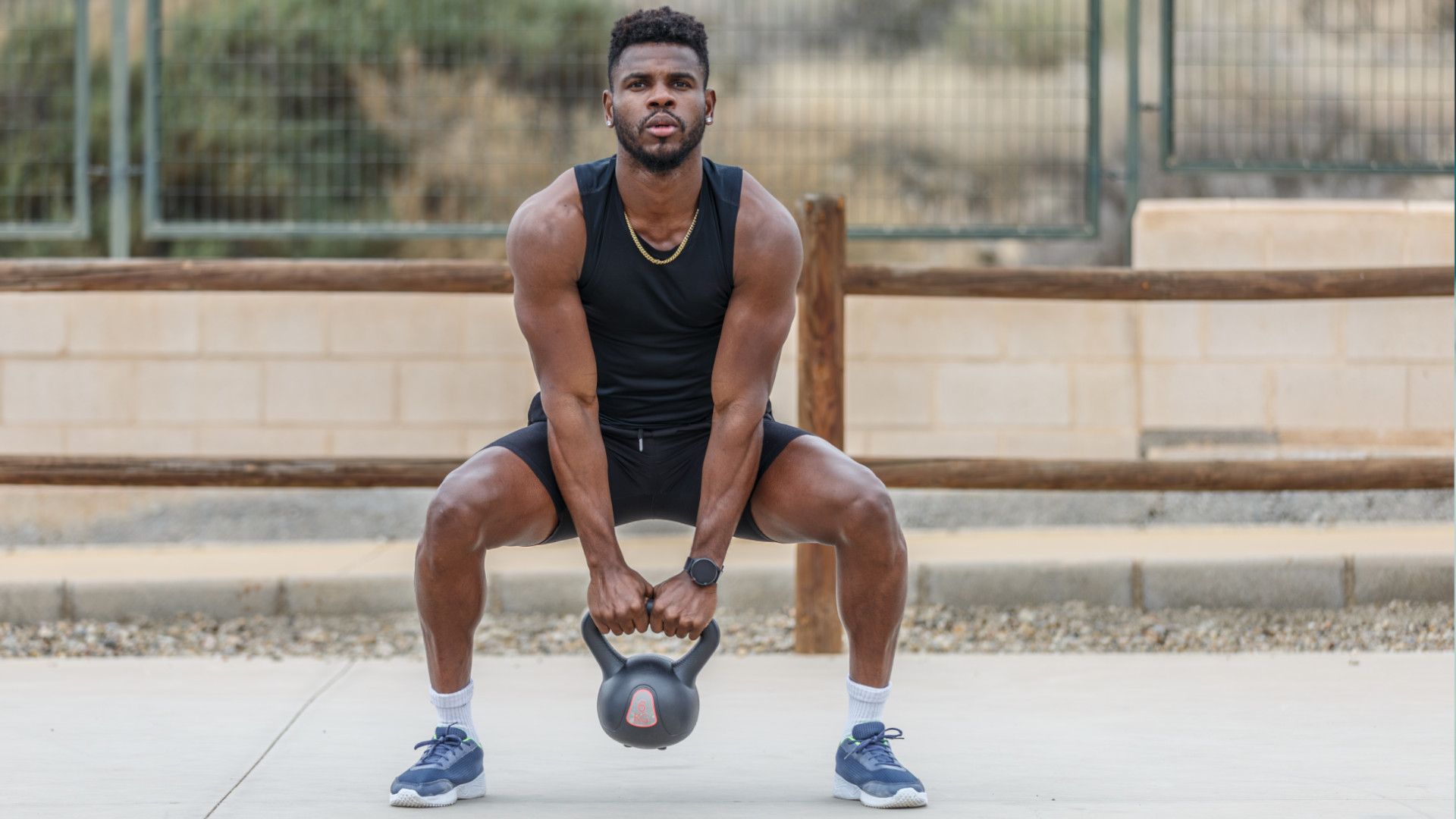
Build total-body strength and blast calories with this 20 minute kettlebell workout
No time? No stress. This five-move workout hits your body from all angles whilst delivering a metabolism boost
By Bryony Firth-Bernard Published
-

Chris Hemsworth’s personal trainer shares a simple dumbbell workout to build massive arm muscles
This six-move workout from Celebrity trainer, Luke Zocchi, will add serious muscle to your biceps and triceps
By Bryony Firth-Bernard Published
-
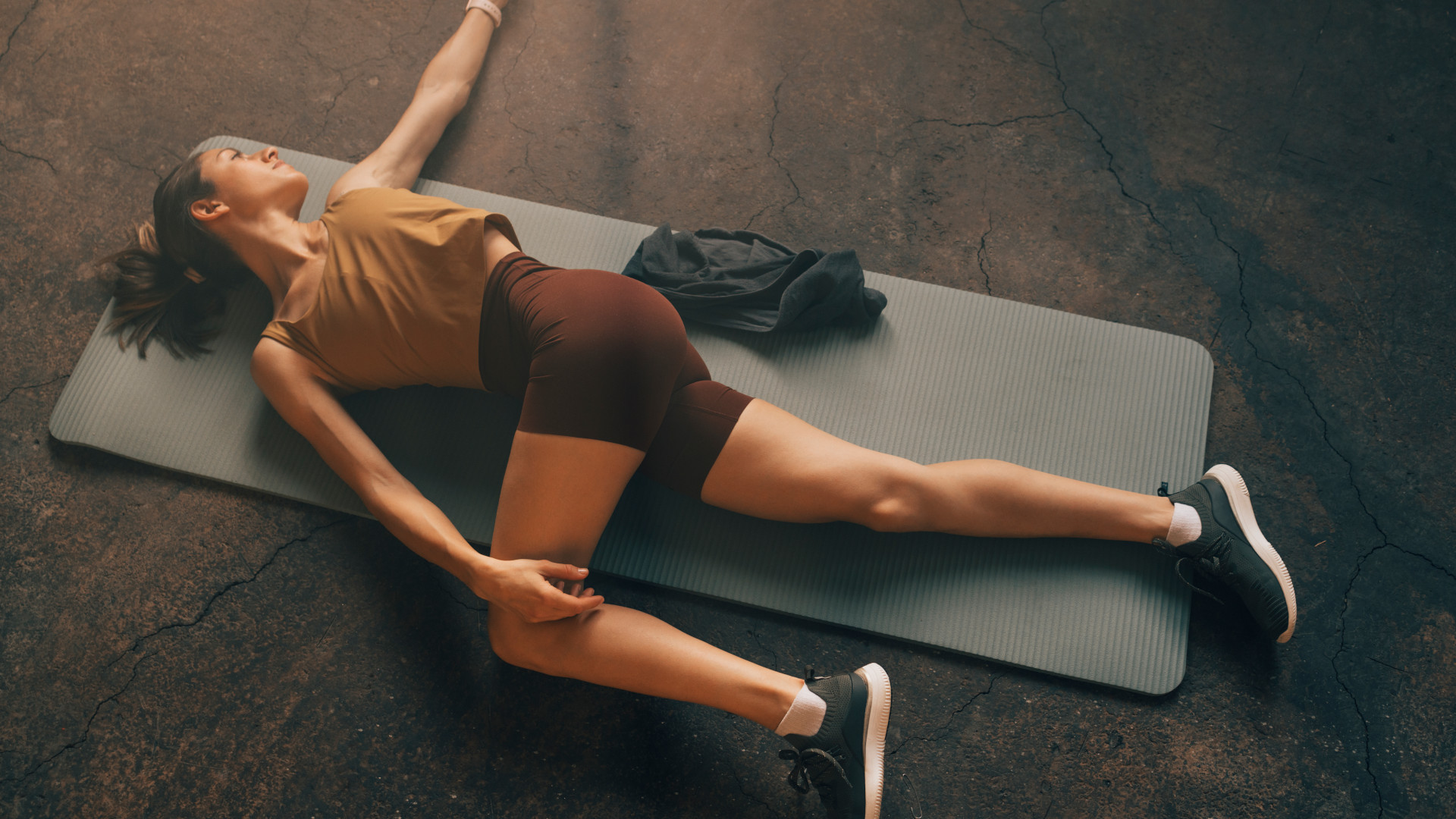
Tired of a bad lower back? Bulletproof it with these three simple exercises
A fitness expert shares three easy moves you can do straight from the comfort of your home
By Bryony Firth-Bernard Published
-
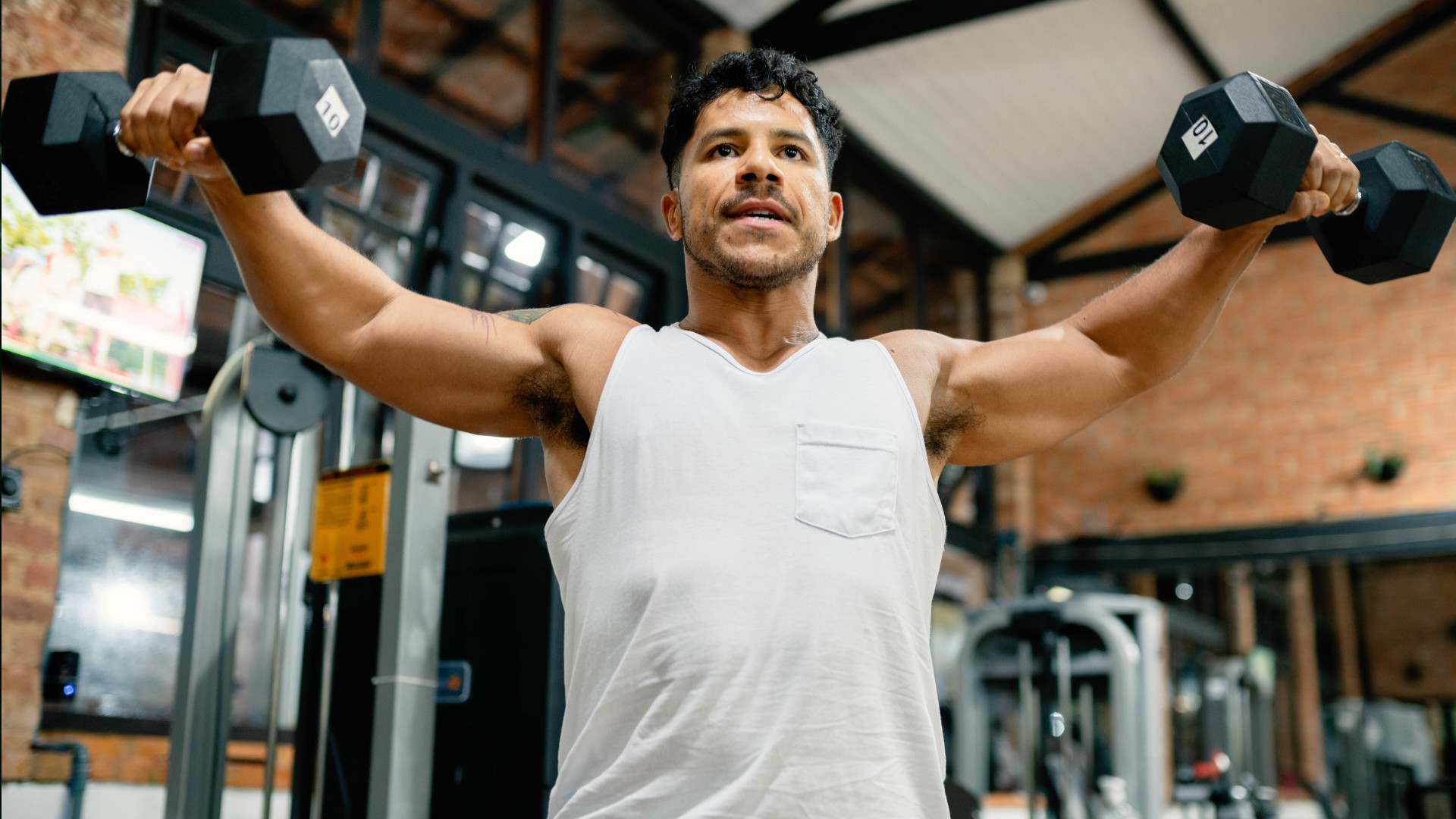
You don’t need the gym – build boulder shoulders with this dumbbell-only workout
You’ll have delts for days after doing these five exercises
By Bryony Firth-Bernard Published
-
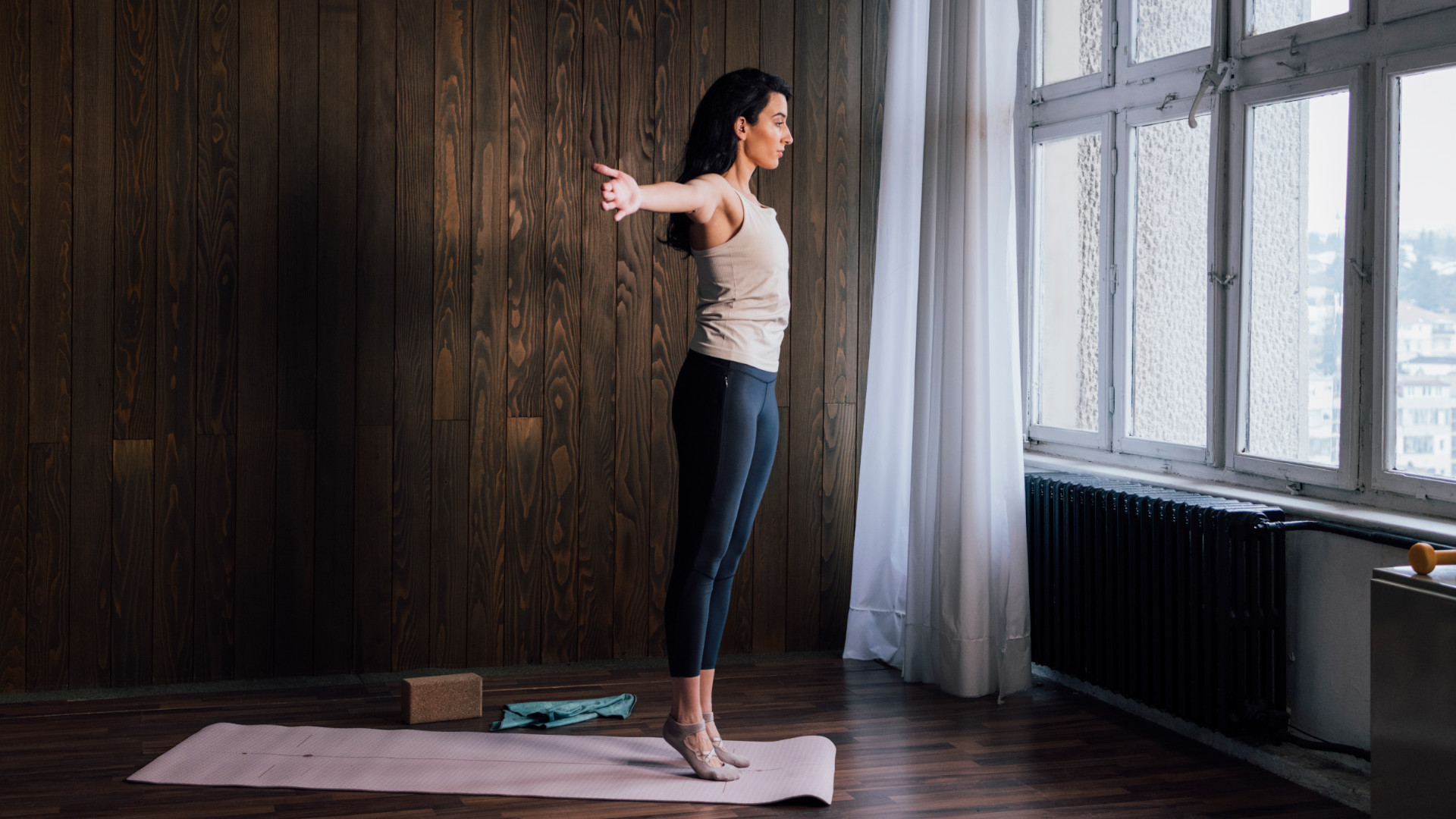
Try these 7 standing Pilates exercises to help build better balance and stability
This low-impact standing routine is ideal if you struggle with floor-based exercises
By Bryony Firth-Bernard Last updated
-
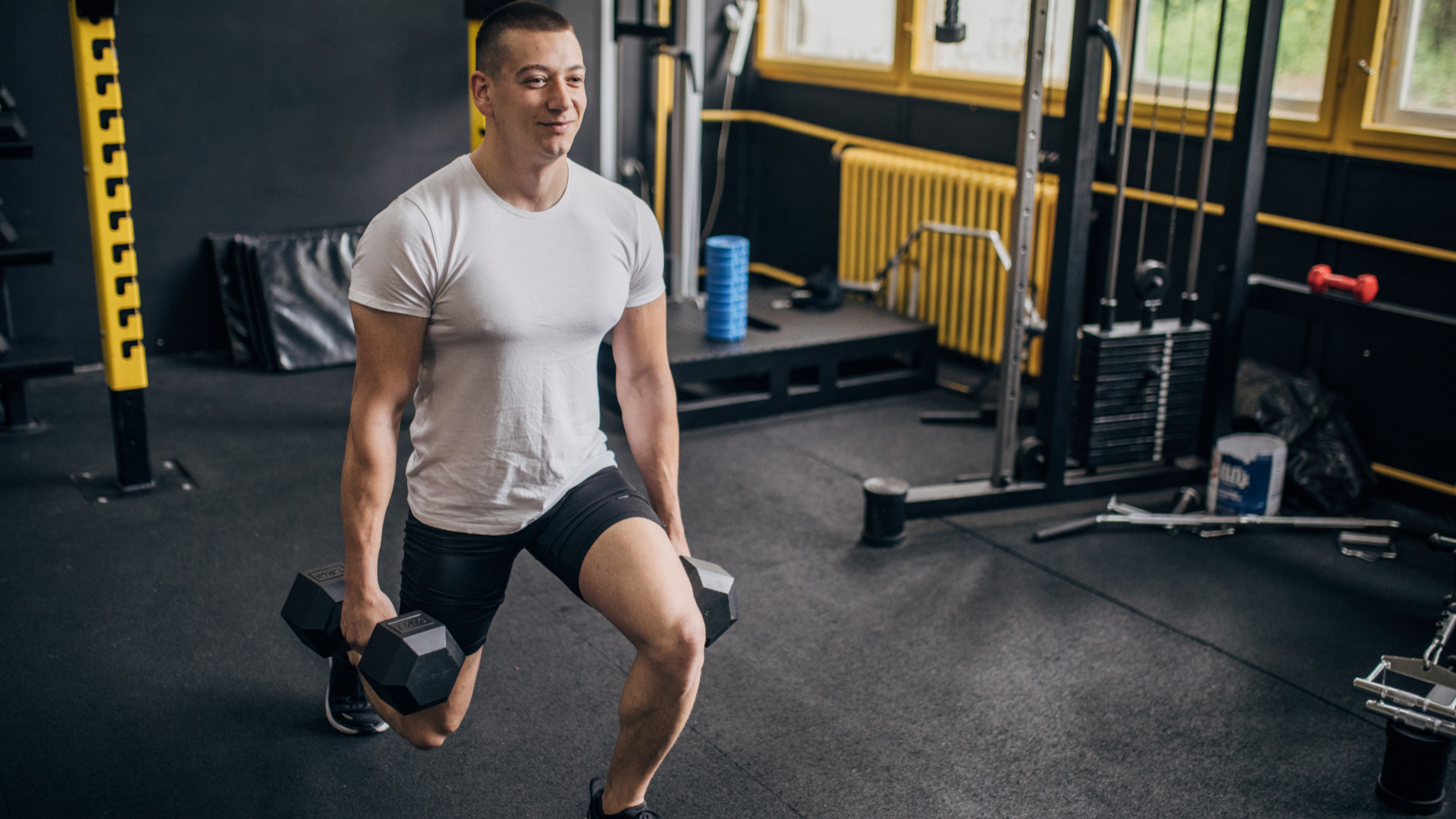
Two dumbbells and these four exercises to build a stronger lower body if you’re a beginner
This simple four-move workout shows that weight training doesn't need to be complicated
By Bryony Firth-Bernard Published
-

Skip the gym – this 20-minute standing dumbbell is low-impact and strengthens the entire body
It's ideal if you have limited mobility too
By Bryony Firth-Bernard Published
-
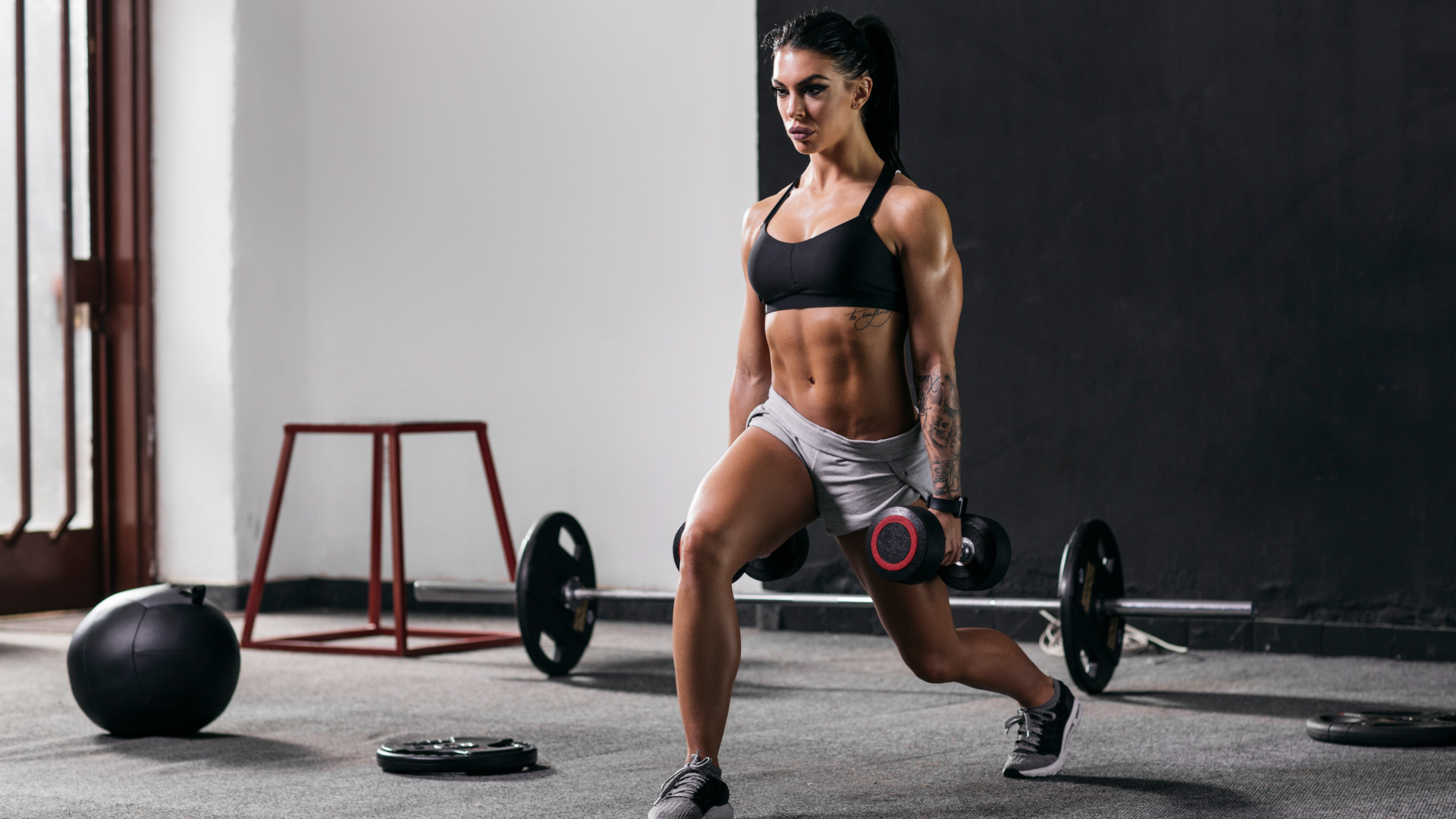
Pass the gym – build strength all over and boost your metabolism with this 20 minute dumbbell workout
Get strong, build muscle and burn fat with just a pair of dumbbells
By Bryony Firth-Bernard Published
-
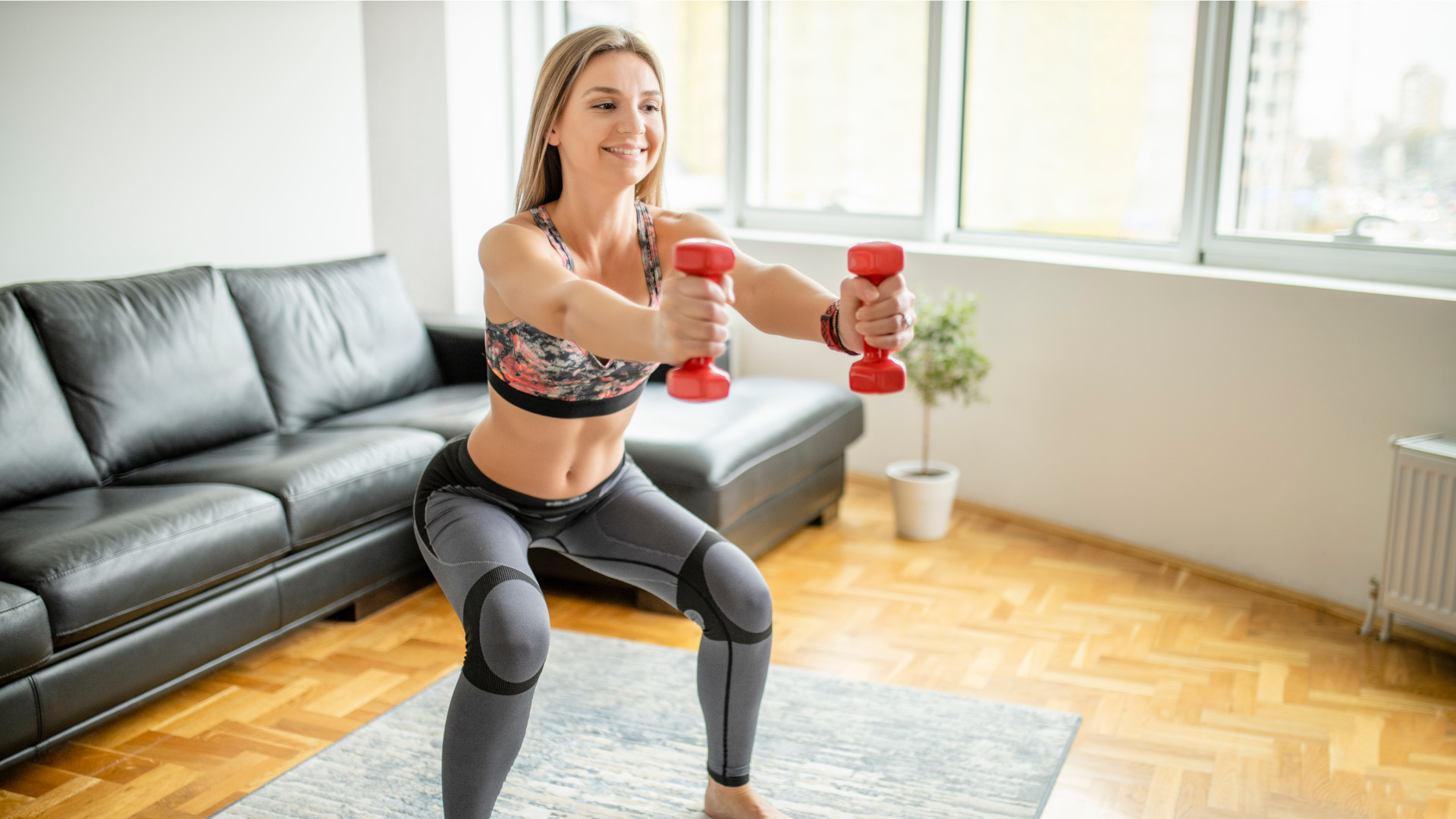
Forget burpees – this 20-minute workout boosts your metabolism with no jumping
Get your heart pumping with this no-jump workout
By Bryony Firth-Bernard Published
-

Two dumbbells, 30 minutes, and six exercises to build muscle all over and a stronger core
A simple home workout to add muscle all over and boost strength
By Bryony Firth-Bernard Published
-
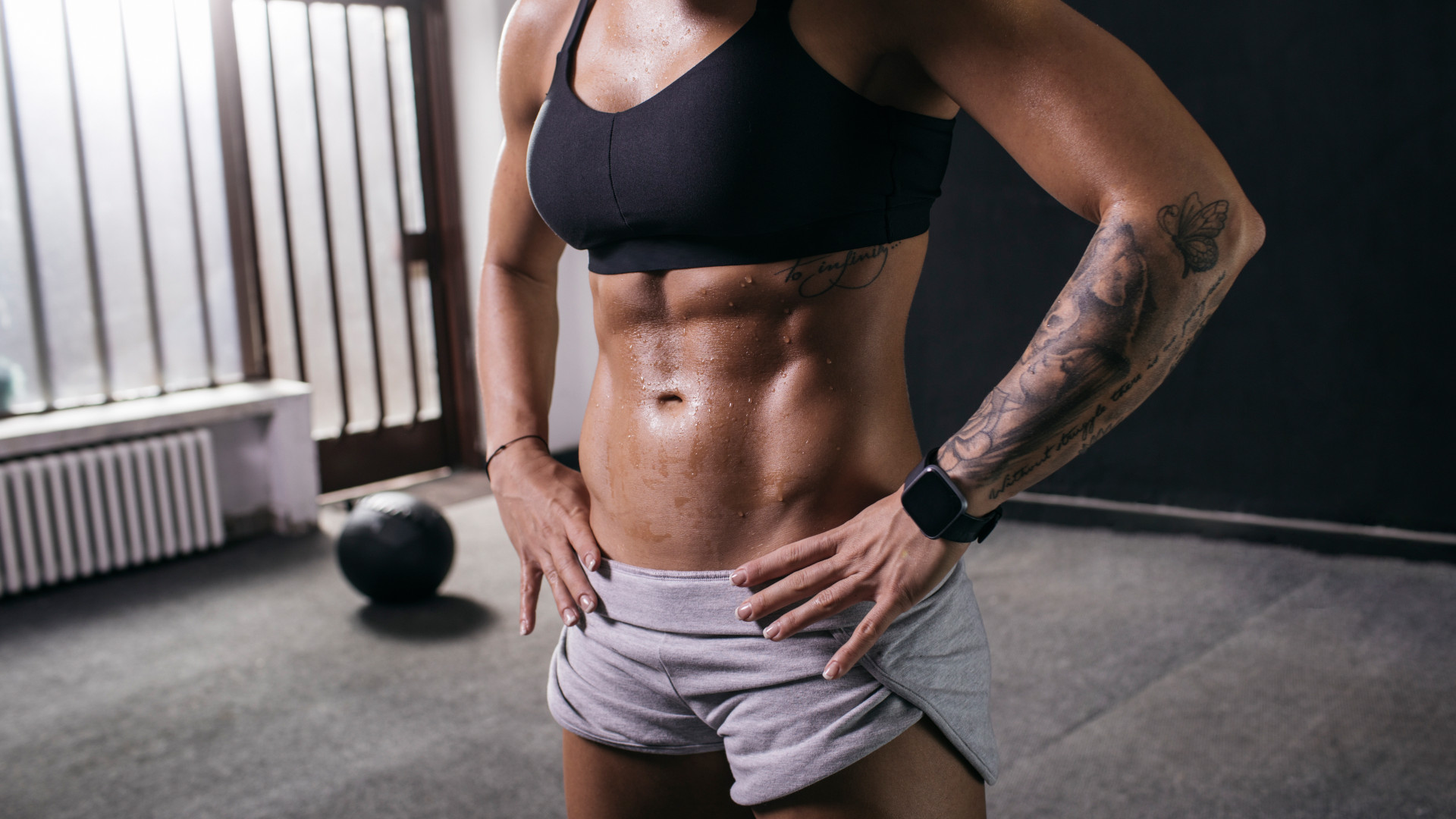
Tired of crunches? A fitness trainer recommends these five standing exercises for better core strength and stability
They're also great for improving posture too
By Bryony Firth-Bernard Published
-
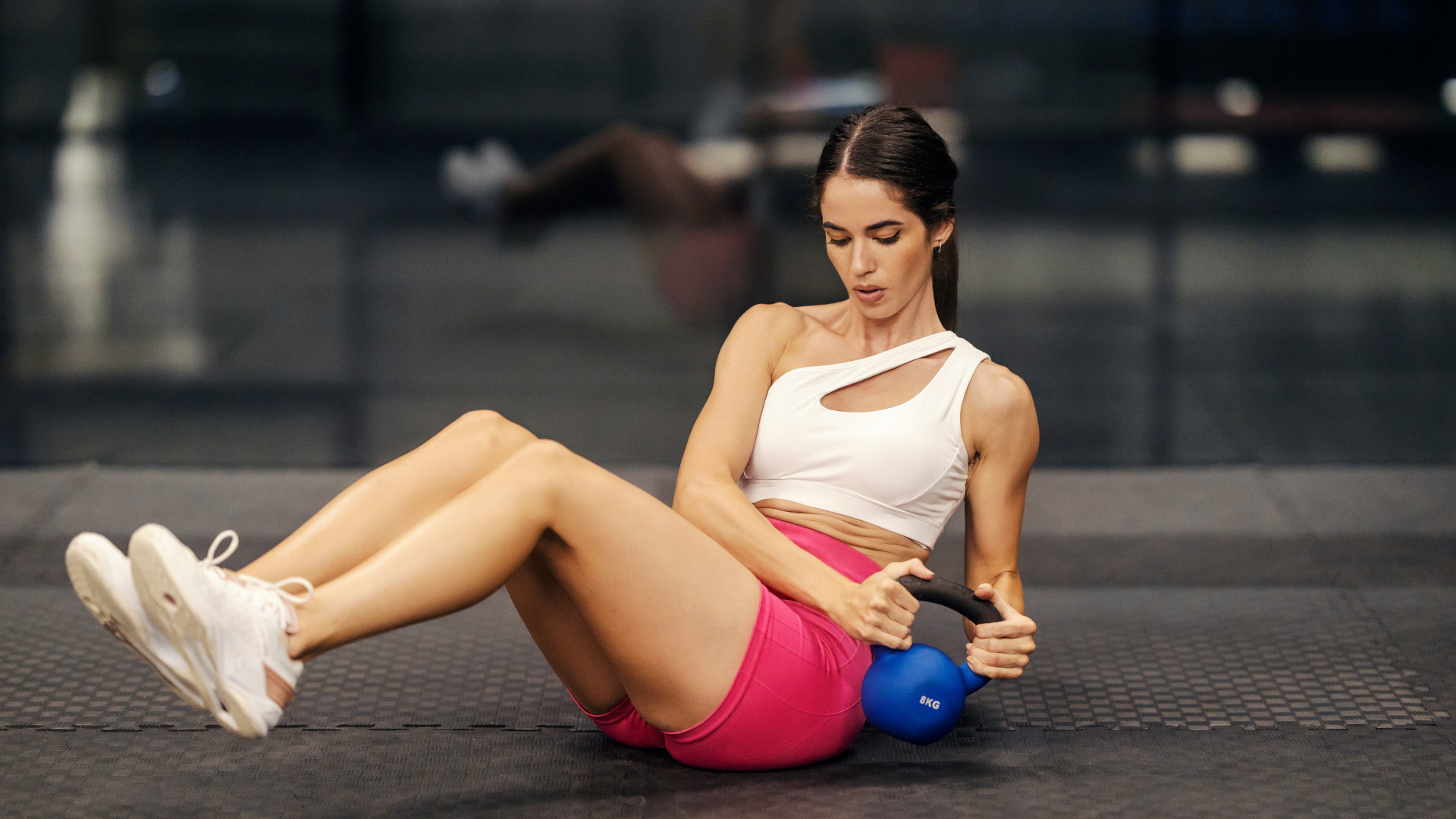
One kettlebell, 10 minutes and these five exercises to build a strong core and improve posture
A strong core is the gateway to better movement, fewer injuries and bigger lifts
By Bryony Firth-Bernard Published
-
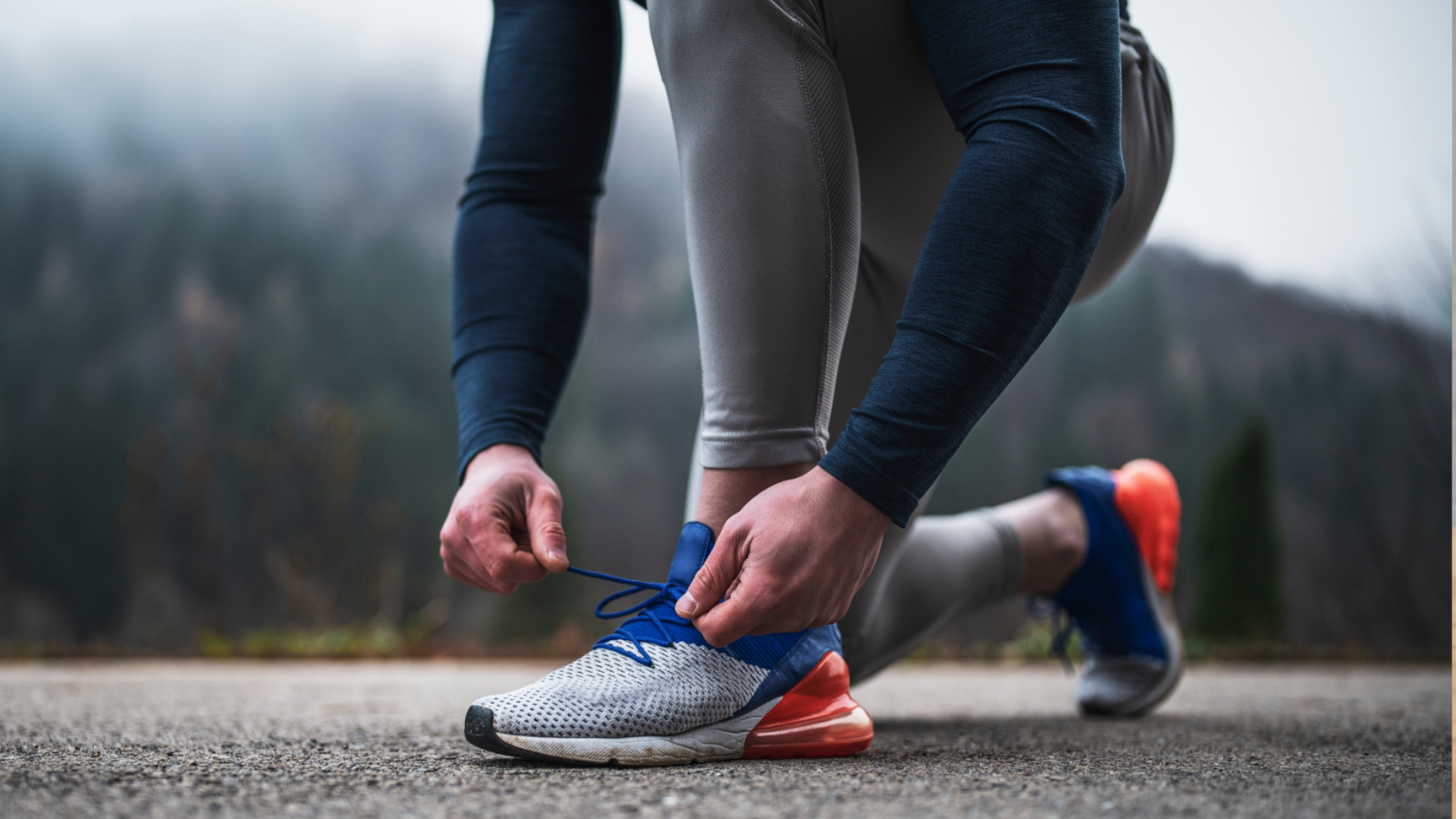
The best workout shoes 2025 to squat, leap and lift your way to fitness
The best workout shoes provide more support for lifting weights and improved grip for greater HIIT intensity
By Bryony Firth-Bernard Last updated
-
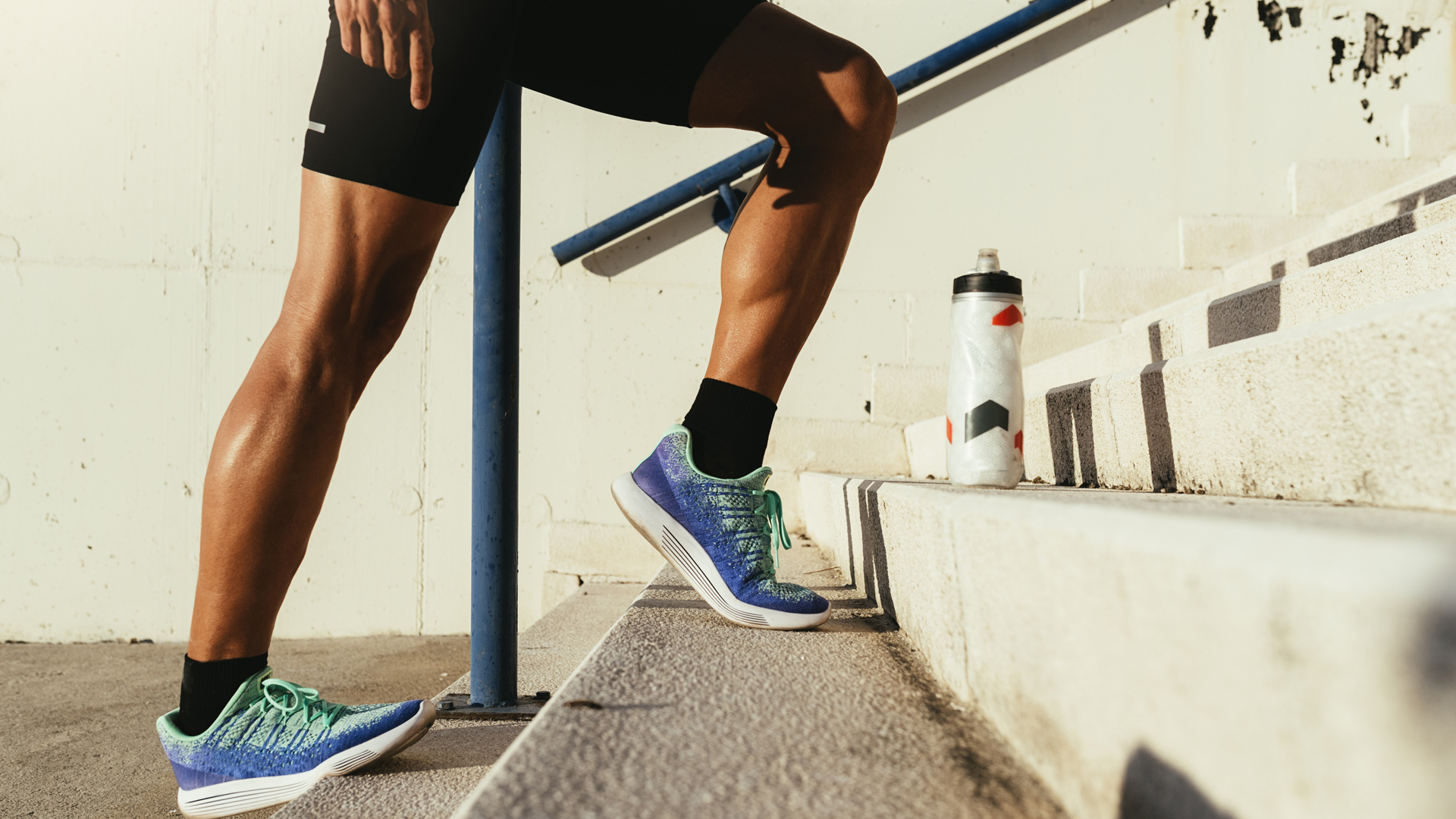
Osteopathic therapist recommends three exercises to fix Runner's Knee in just three minutes a day
Knee pain, be gone!
By Matt Kollat Published
-
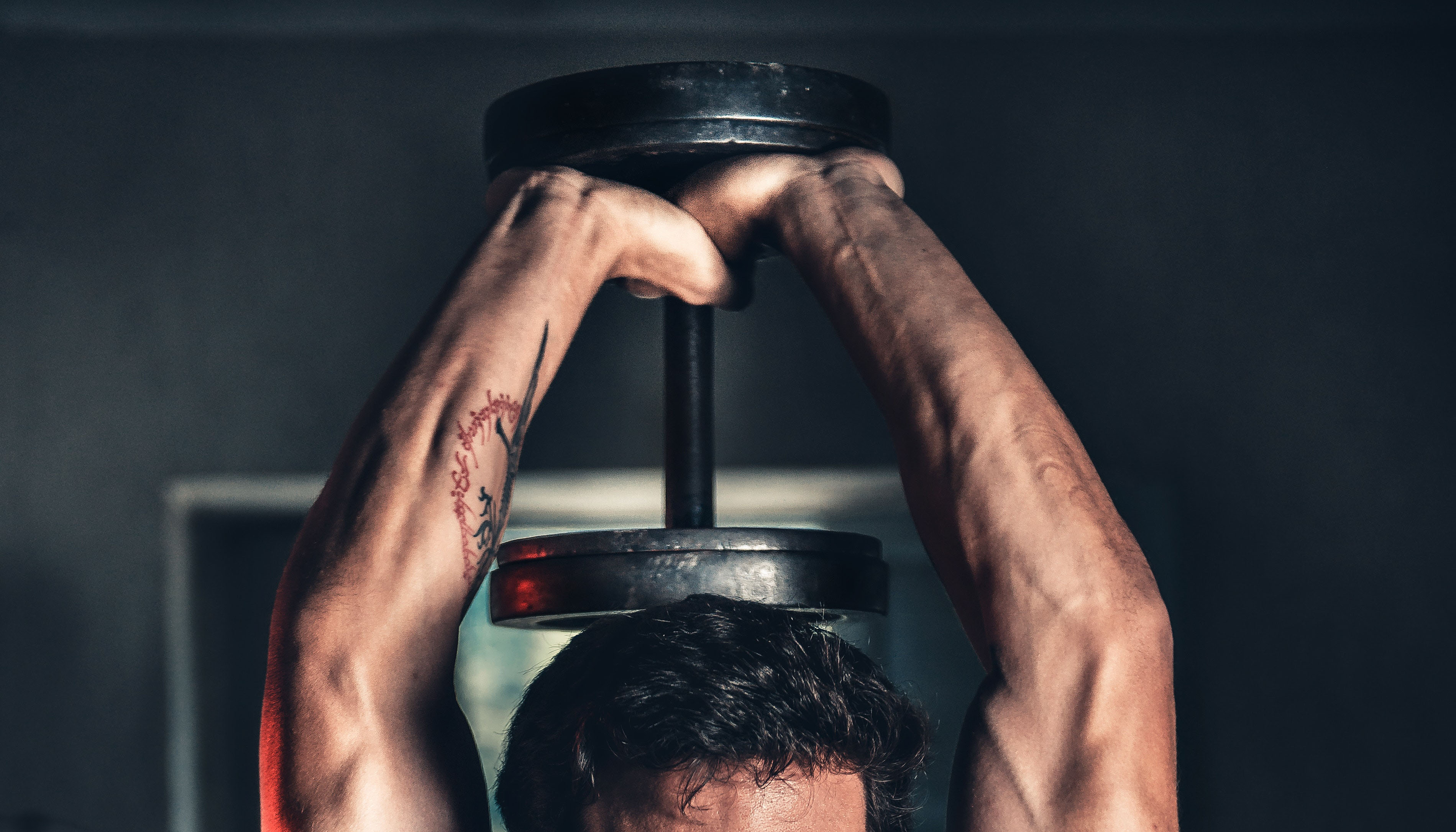
Best dumbbells 2025 for your home gym workouts
We've found the best dumbbells to help you build muscle, increase strength, and burn fat
By Bryony Firth-Bernard Last updated
-
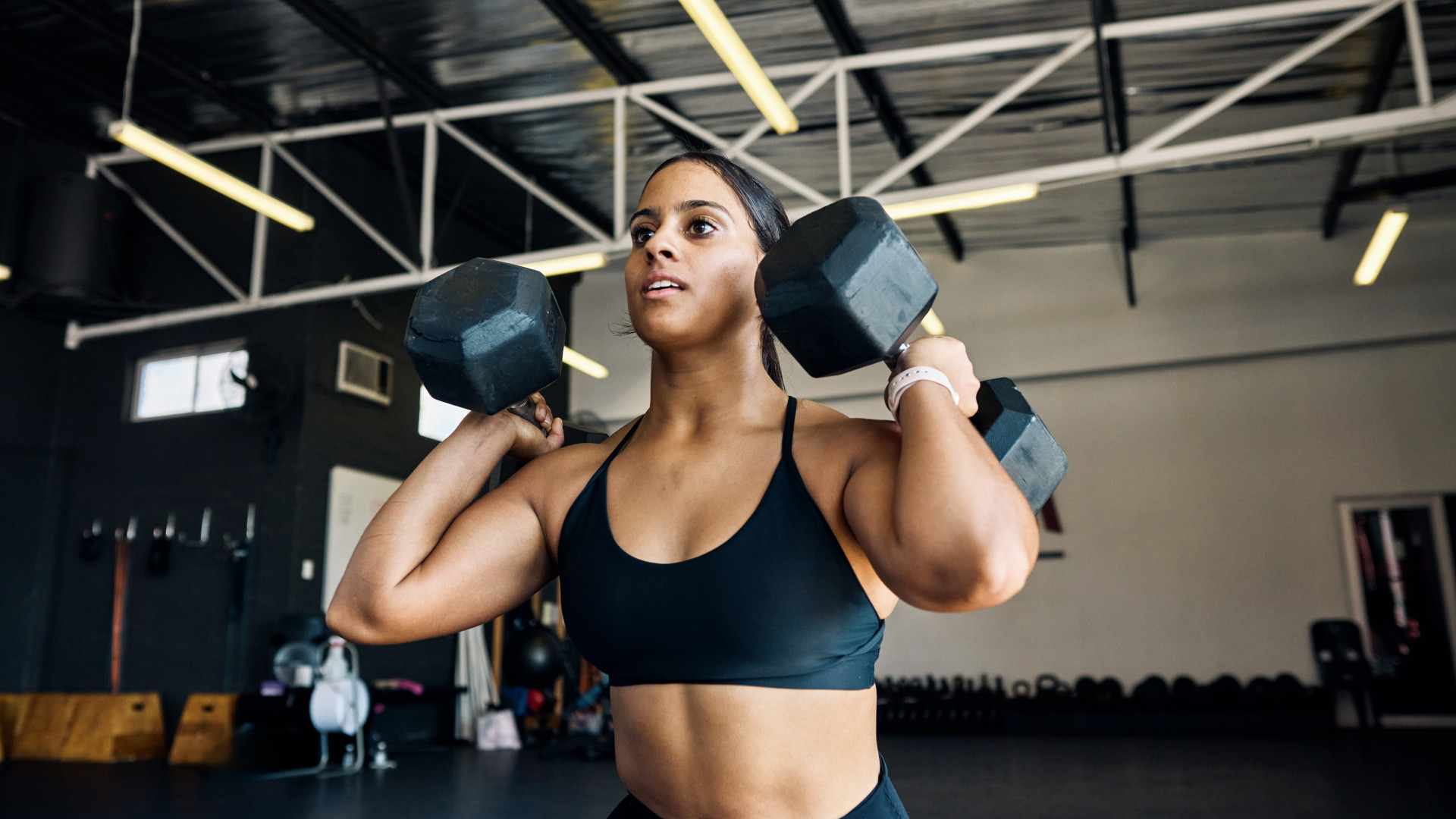
Build functional strength in 30 minutes with two dumbbells and these four exercises
Bend, lift and carry items easier (and look good while doing it)
By Bryony Firth-Bernard Published
-
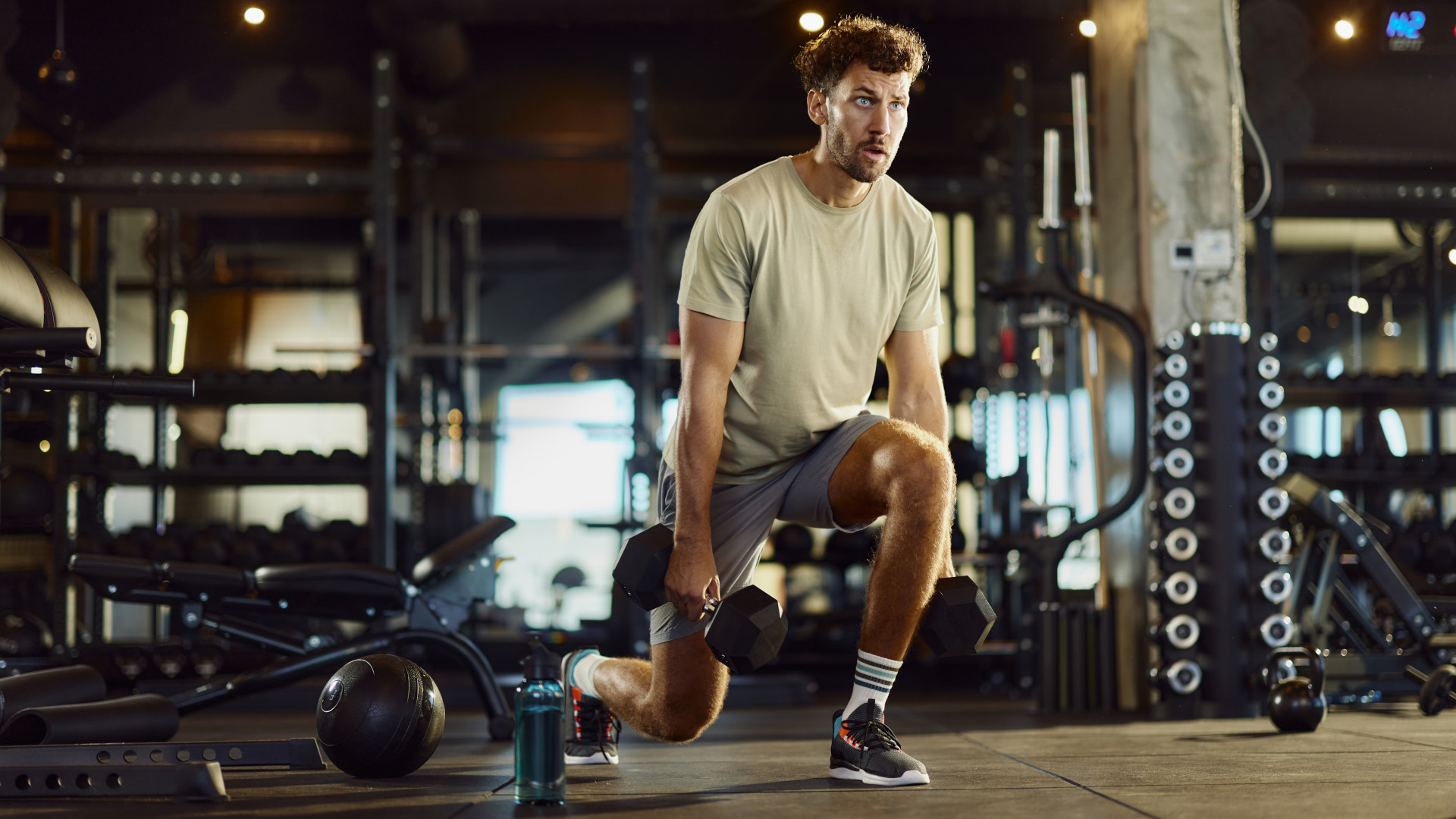
You don’t need to run – this full-body dumbbell workout burns fat, builds muscle and boosts your cardio health
The many benefits of lifting weights
By Bryony Firth-Bernard Published
-
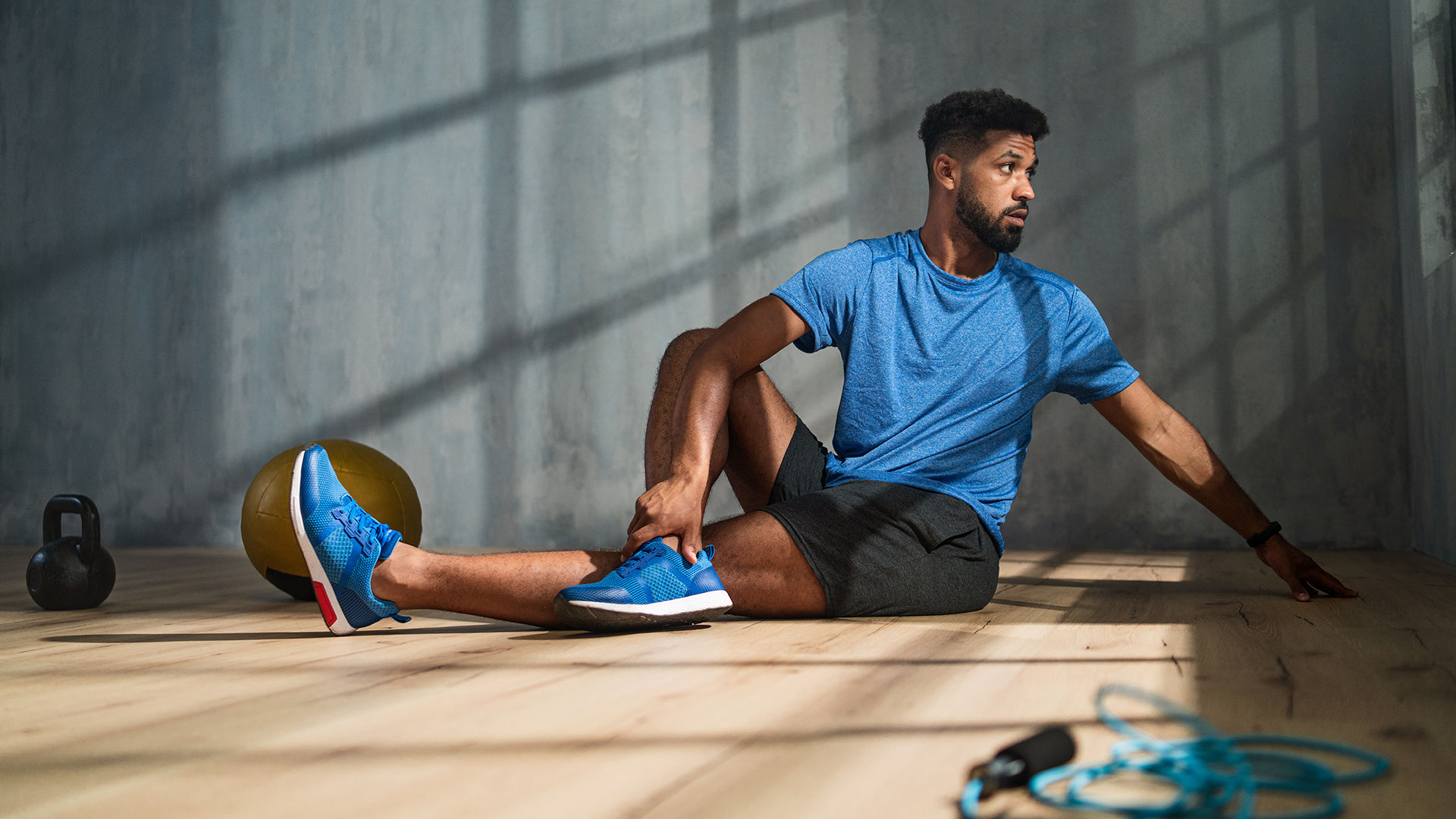
Unlock faster runs and deeper squats with these 4 hip mobility exercises
Think stretching is enough? These hip moves could CHANGE YOUR LIFE
By Matt Kollat Published
-
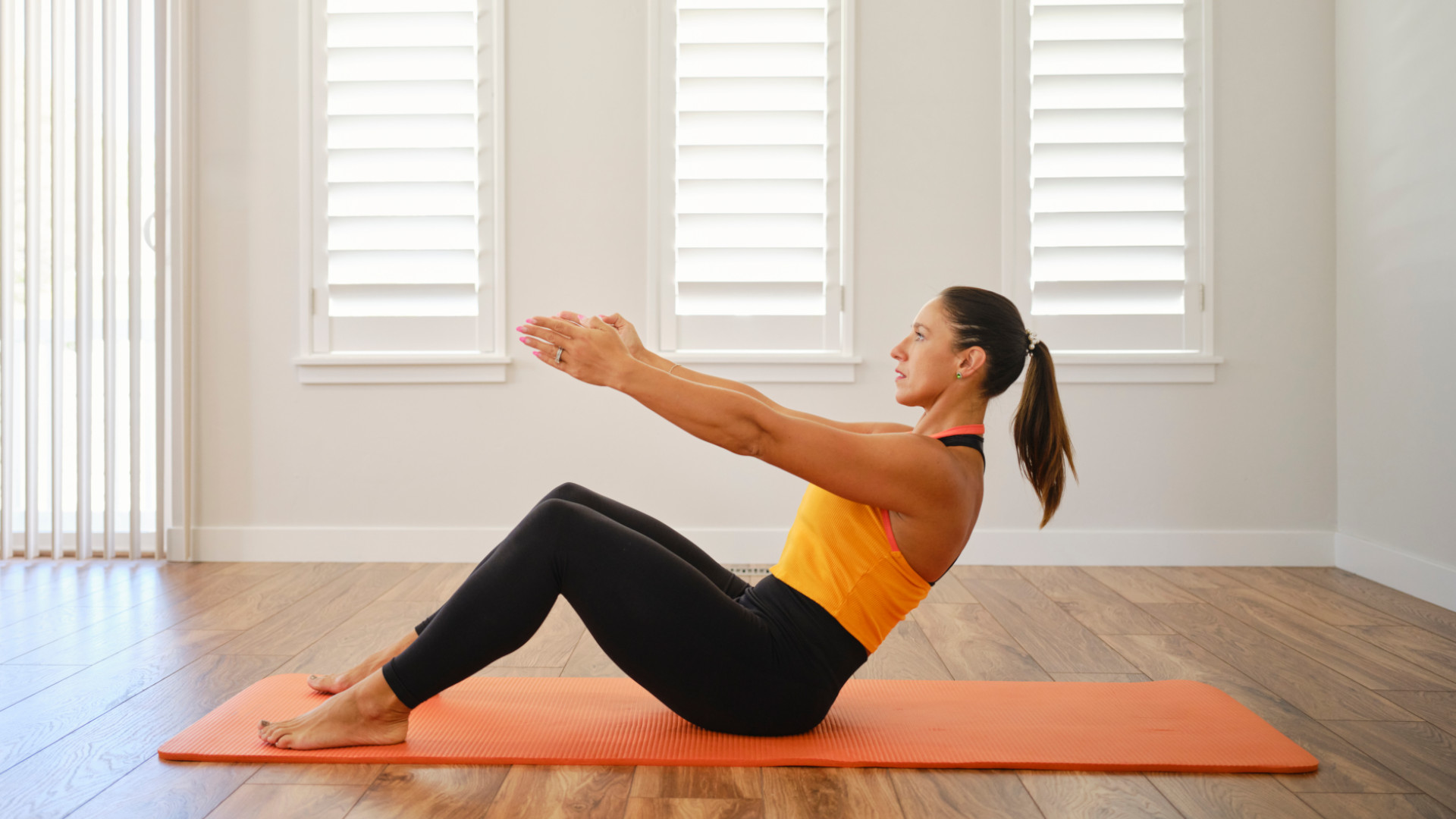
Sculpt your abs and strengthen your core with this six-minute Pilates workout
It’s a bodyweight burner that will leave your midsection on fire
By Bryony Firth-Bernard Published
-
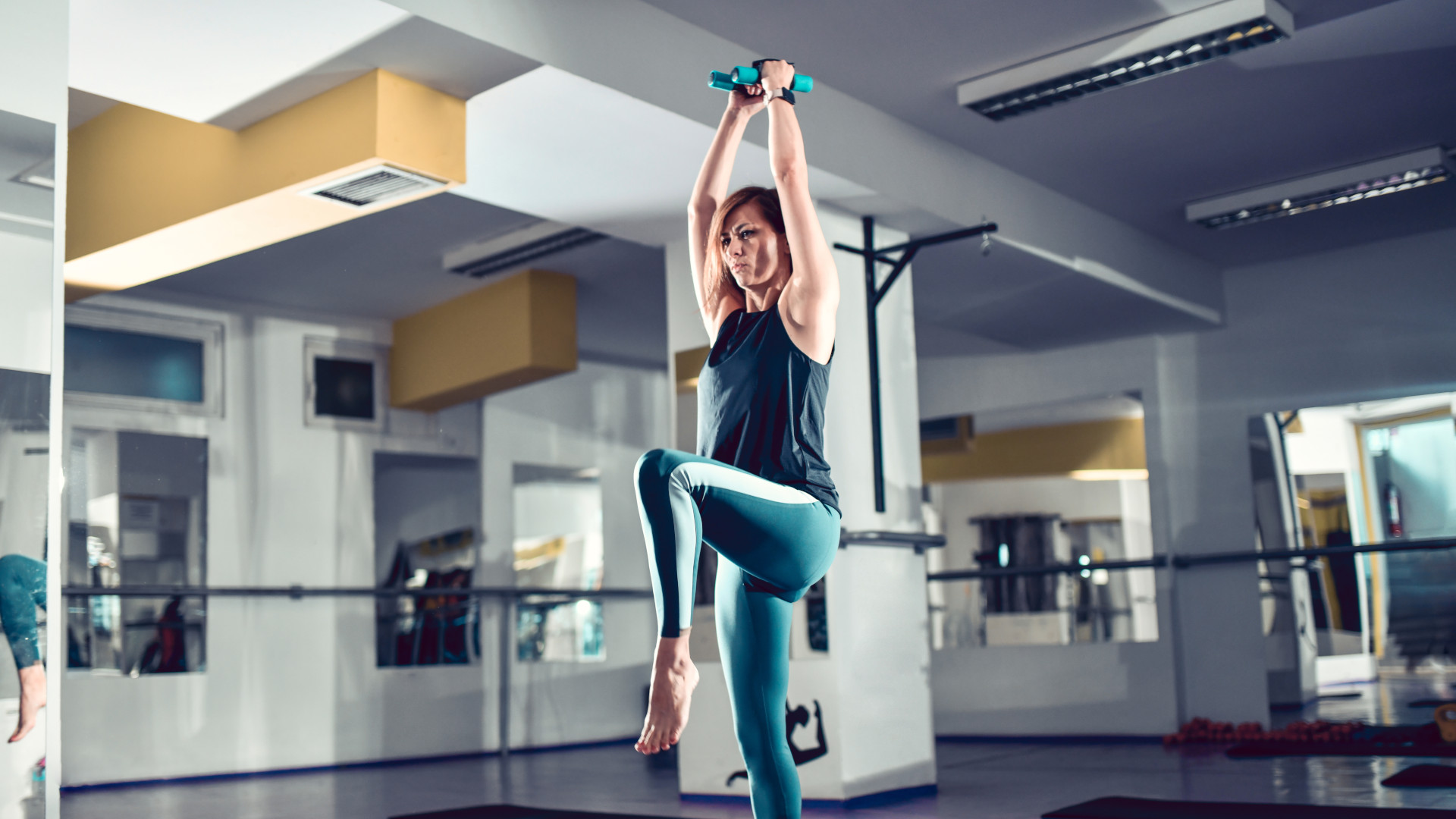
No sit-ups — just this four-move standing ab workout to build a stronger core
By Bryony Firth-Bernard Published
-
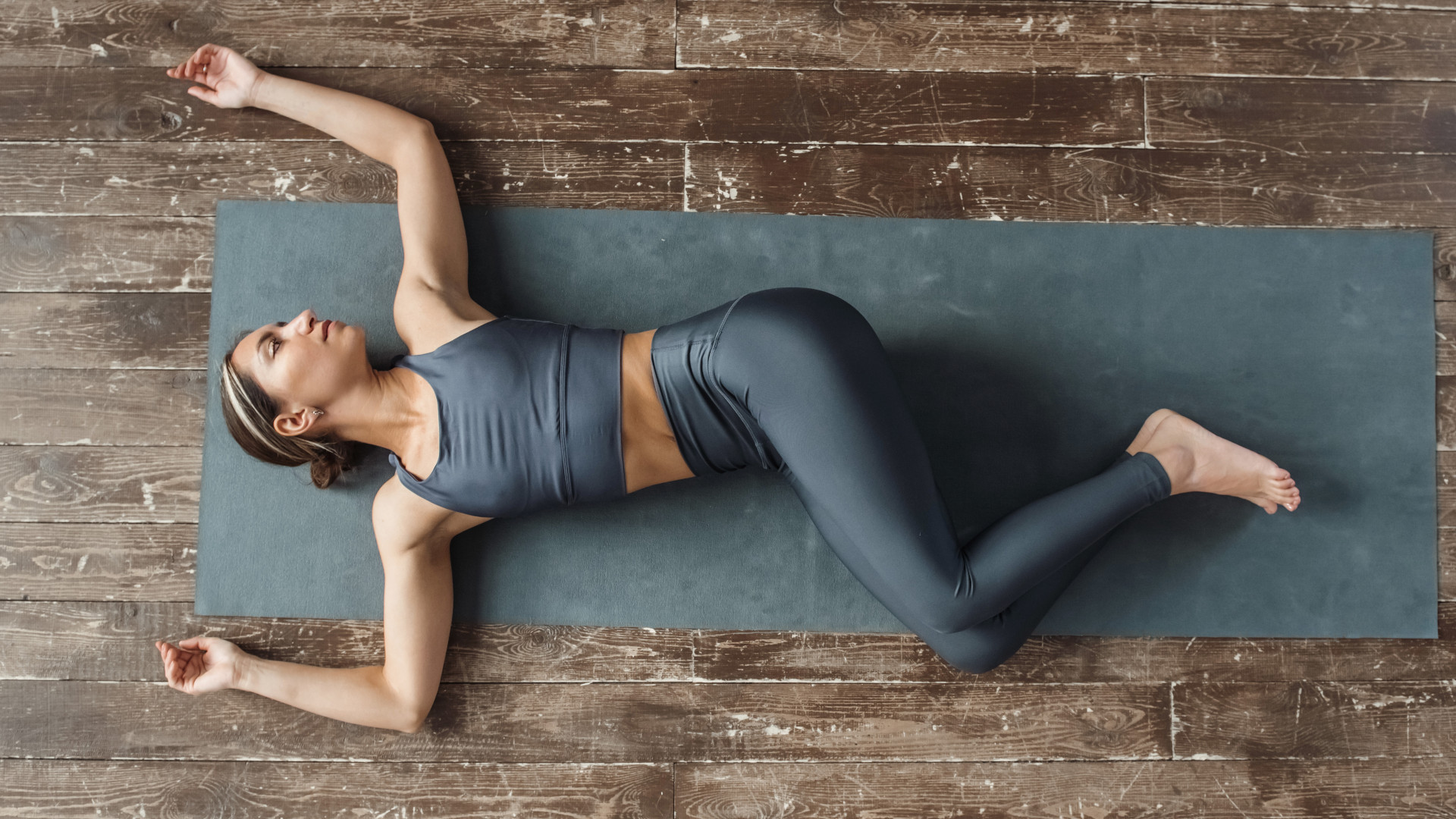
A stretchologist shares five dynamic stretches to boost mobility and relieve tension in the lower back
Ideal if you’ve had a long day sitting at a desk or are warming up for a workout
By Bryony Firth-Bernard Published
-
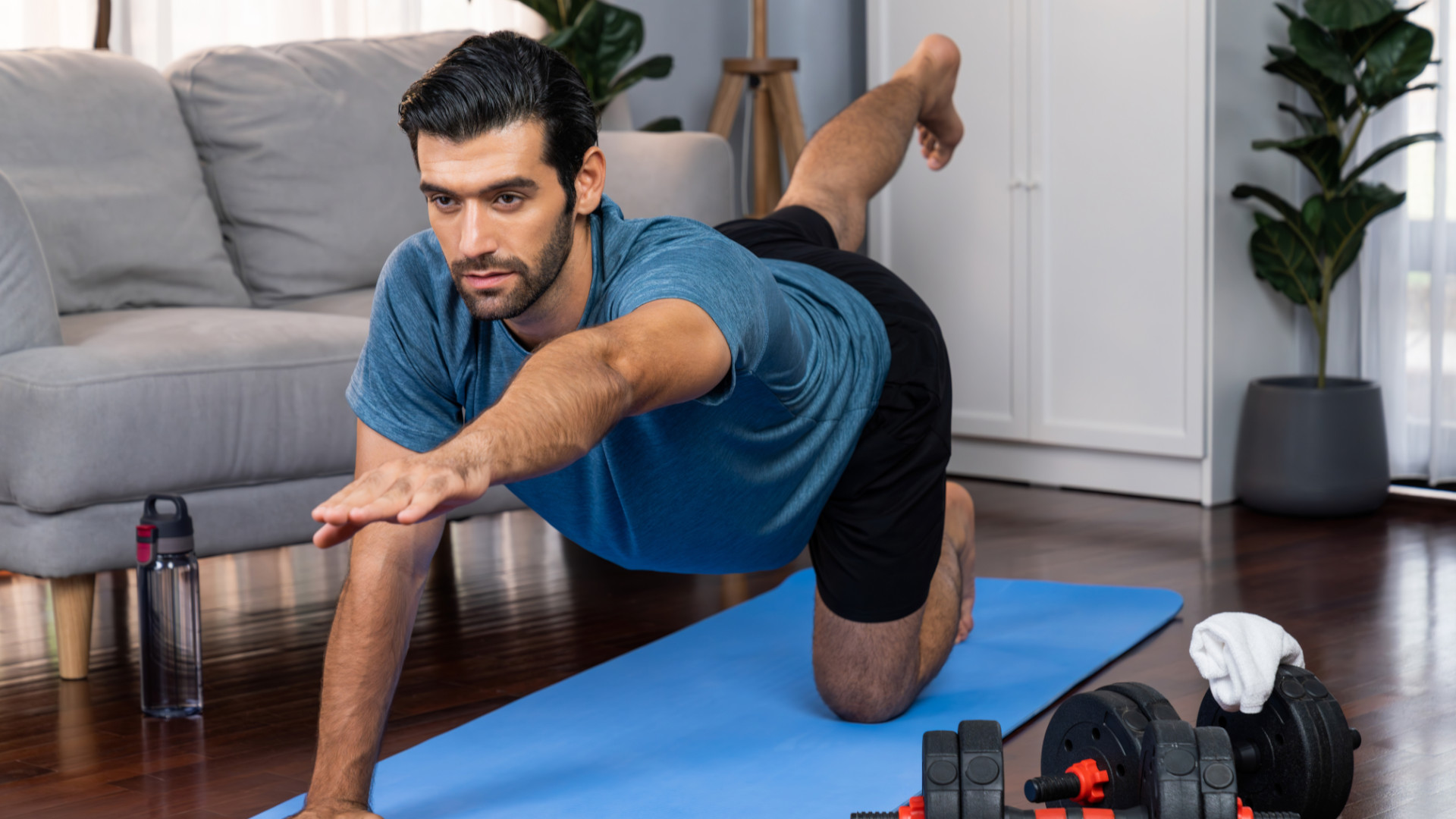
Three bodyweight exercises to strengthen your core and lower back, according to an expert
A stronger core can relieve pain, reduce injuries and help you move better
By Bryony Firth-Bernard Published
-
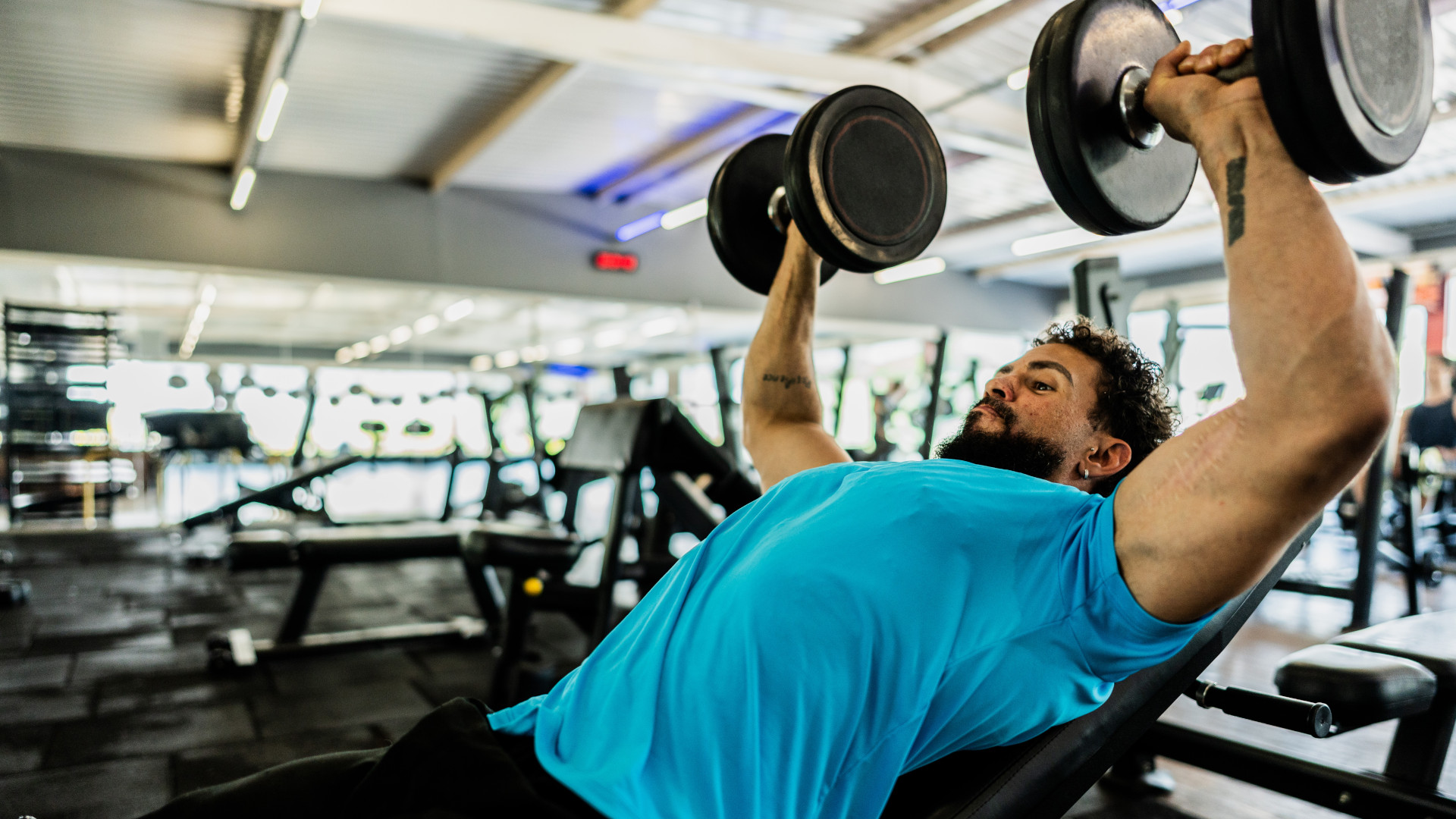
A sports scientist says this three-move chest workout delivers a “crazy pec pump”
And you can do it at home or the gym
By Bryony Firth-Bernard Published
